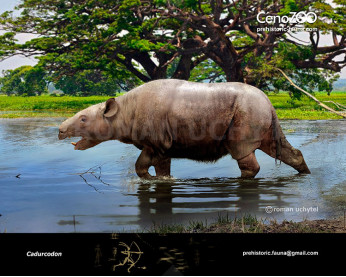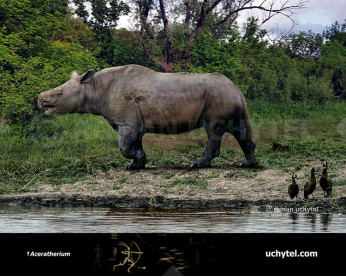Indricotherium
2121Indricotherium (Indricotherium Borissjak, 1915)
Paraceratherium transouralicum.
Order: Perissodactyla
Family: †Paraceratheriidae
Time period: the Oligocene to Early Miocene epoch (Asia)
Size: 8 m in length, 4,5-5,2 m in height, 15 000-18 000 kg of weight
Typical representative: Indricotherium transouralicum Pavlova, 1922
Indricotherium is a herbivore that lived in the forests of central Asia between 34 and 23 mya, weighed as much as three or four adult African elephants, the largest living land mammals. The weigh of this giant rhinoceros was about 20 tons. Indricotherium could stretch its long neck to nibble leaves high in the treetops of the central Asian forests. Adult Indricotherium are estimated to have been 5.5 metres tall at the shoulder, 9 metres in length from nose to rump, a maximum raised head height of about 8 metres, and a skull length of 1.5 metres. Remains have been found in Balochistan (Pakistan). That’s why Indricotherium is also known as Baluchitherium or Paraceratherium.
Indricotherium (Indricotherium Borissjak, 1915)
Paraceratherium transouralicum.
Order: Perissodactyla
Family: †Paraceratheriidae
Time period: the Oligocene to Early Miocene epoch (Asia)
Size: 8 m in length, 4,5-5,2 m in height, 15 000-18 000 kg of weight
Typical representative: Indricotherium transouralicum Pavlova, 1922
Indricotherium is a herbivore that lived in the forests of central Asia between 34 and 23 mya, weighed as much as three or four adult African elephants, the largest living land mammals. The weigh of this giant rhinoceros was about 20 tons. Indricotherium could stretch its long neck to nibble leaves high in the treetops of the central Asian forests. Adult Indricotherium are estimated to have been 5.5 metres tall at the shoulder, 9 metres in length from nose to rump, a maximum raised head height of about 8 metres, and a skull length of 1.5 metres. Remains have been found in Balochistan (Pakistan). That’s why Indricotherium is also known as Baluchitherium or Paraceratherium.

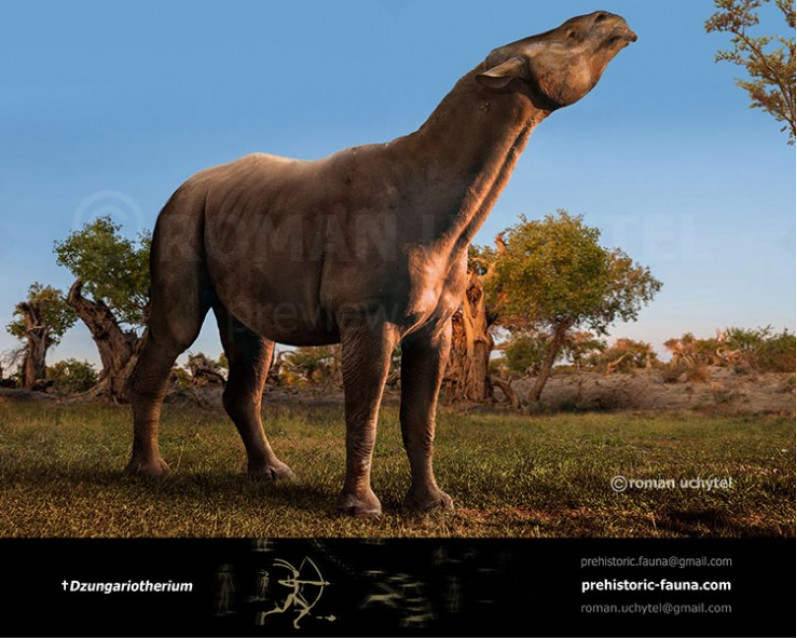
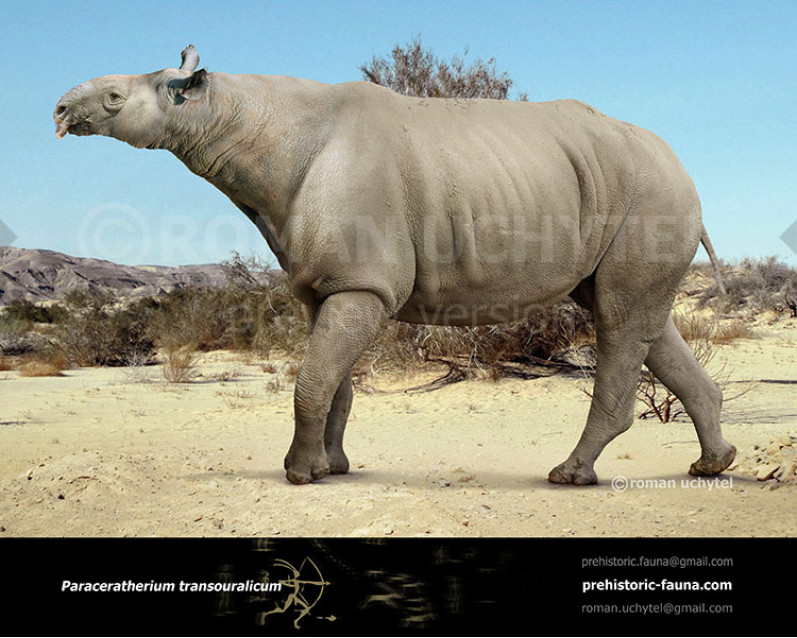
-797x638.jpg)
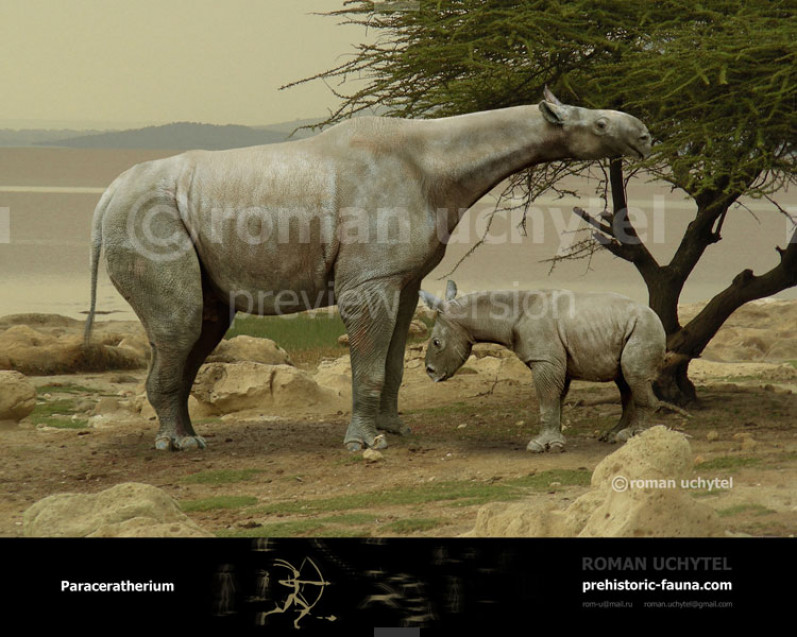
2-797x638.jpg)
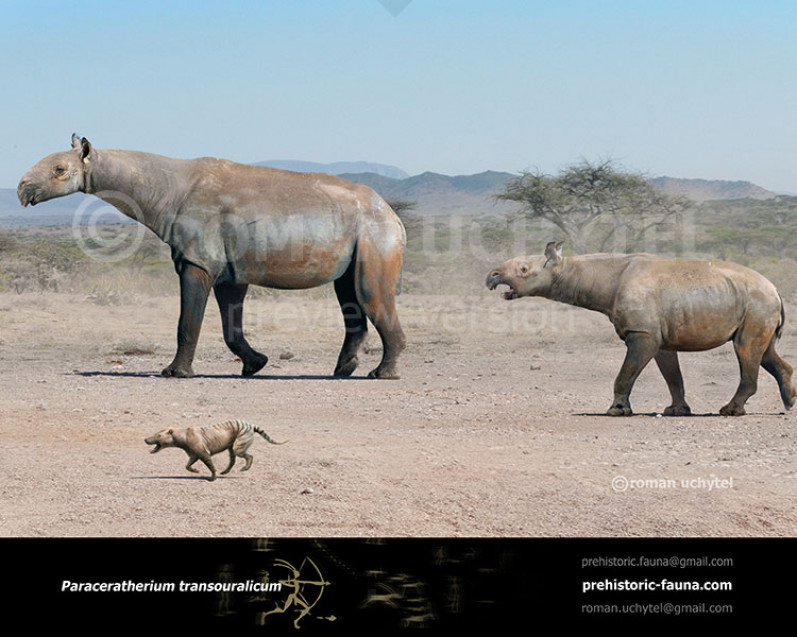
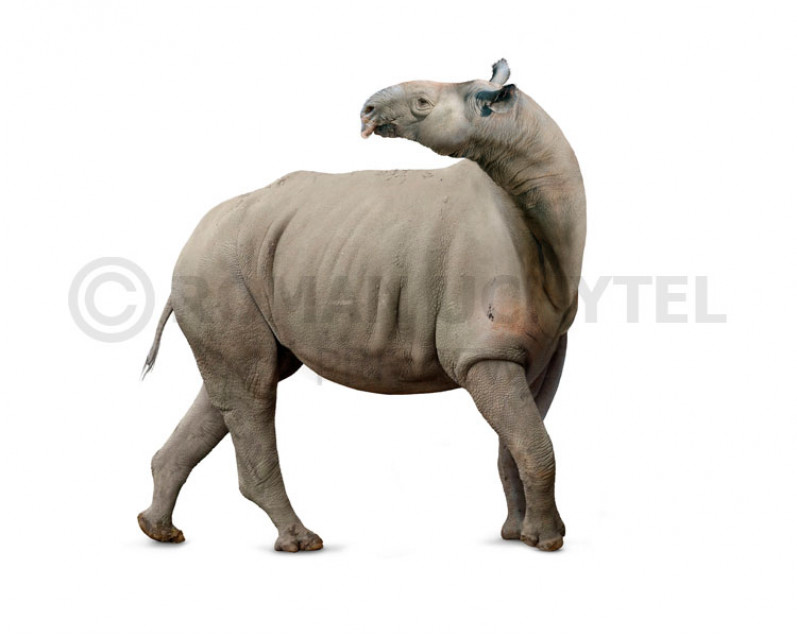
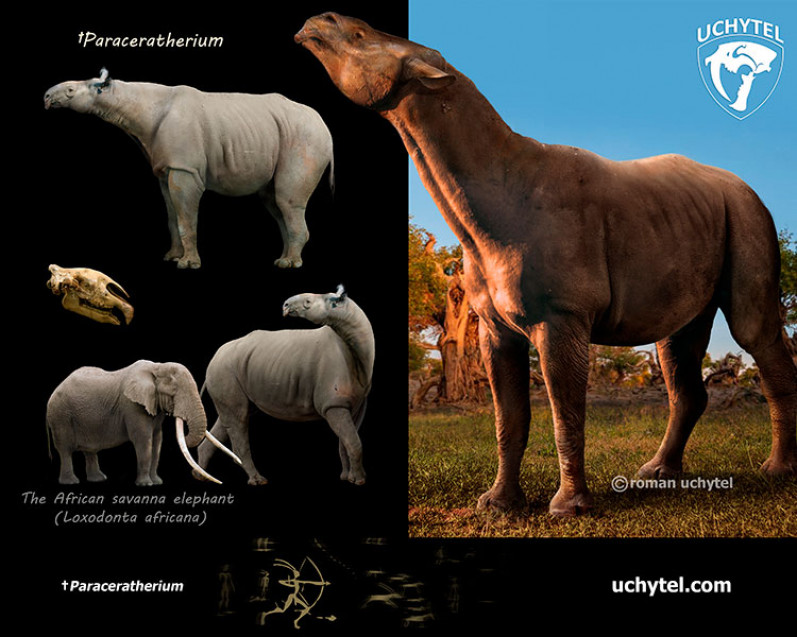


-70x56.jpg)

2-70x56.jpg)



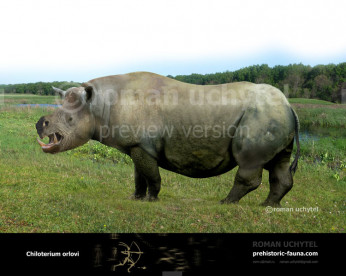
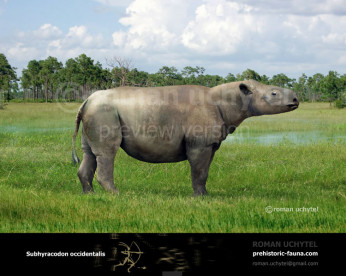
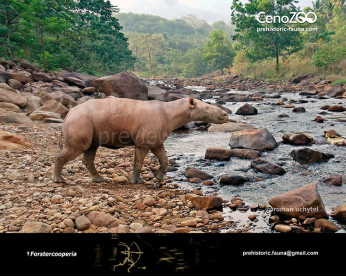
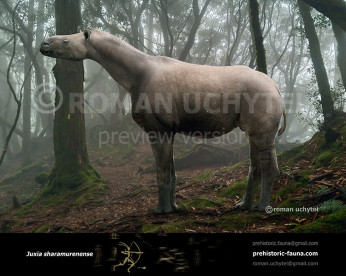
-346x277.jpg)
